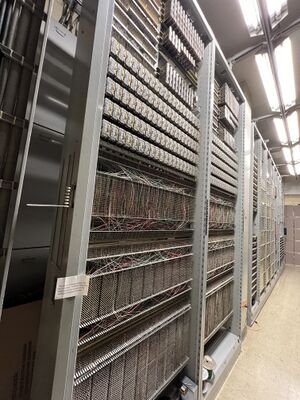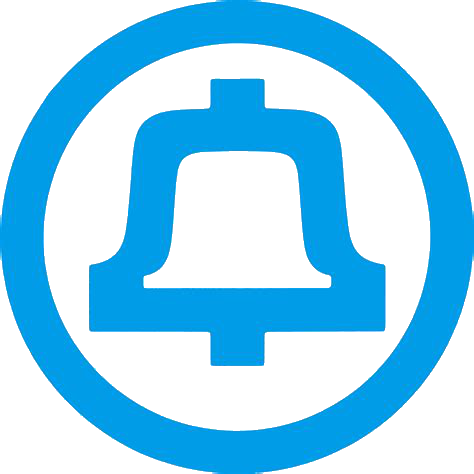Number Group
A number group is a type of frame (or frames) in an electromechanical switch that contain information for translating the last four digits of a telephone number into a location on a physical switching network.

Switches that employ common control, such as crossbar, do not arrange their phone numbers in an orderly fashion on the switching network. This is in contrast to step-by-step and panel offices where the subscriber's telephone numbers must be arranged in order on the connectors or final frames. In fact, it is preferable to not arrange them in order, because of the fact that traffic may not be distributed evenly across all ranges of telephone numbers. Some ranges may receive much higher traffic than others, making some frames have to do orders of magnitude more work than others. So, in crossbar offices, there must be a way to translate the last four digits of a phone number (the number of the called station or line) into a physical address on the switching network itself. When a marker receives a called number to which it must connect a call, it uses a number group frame to locate that called number on the switching fabric.
It is notable that while both the 1XB and 5XB switches have number group frames, the nomenclature of them differs slightly, as does their layout. In the 1XB, the number group frame is called the Block Relay Frame, and the connector circuit from the marker is called the Number Group Connector.
Layout
The number group frame (or block relay frame in a 1XB) consists of several multicontact relays and a large cross-connect field, occupying the majority of the frame.
